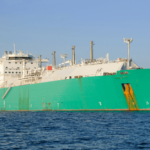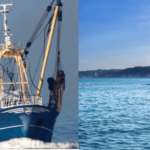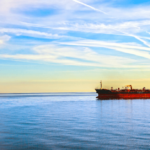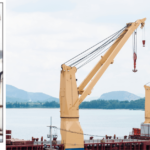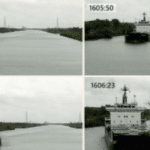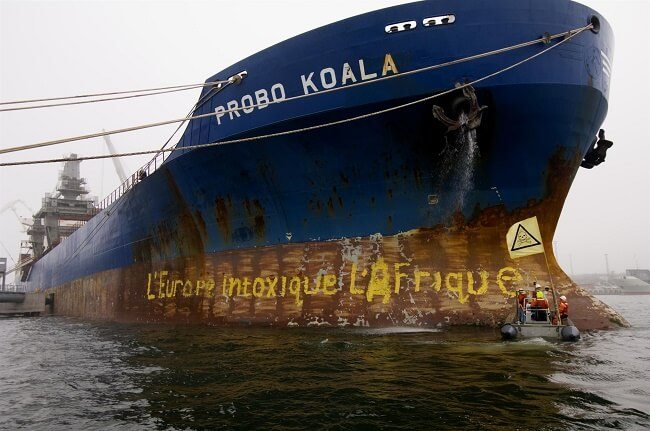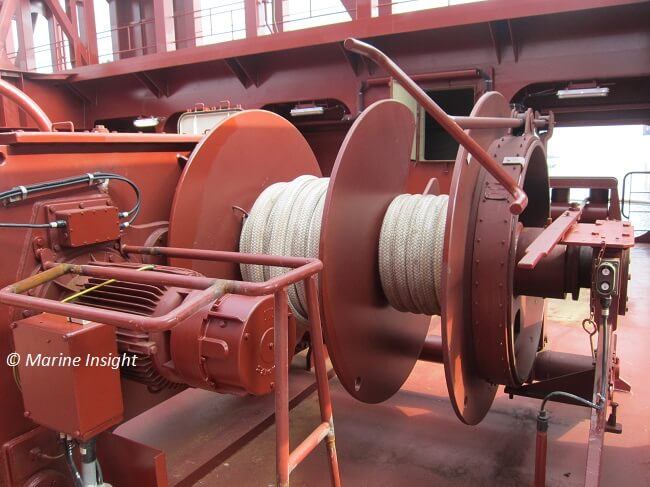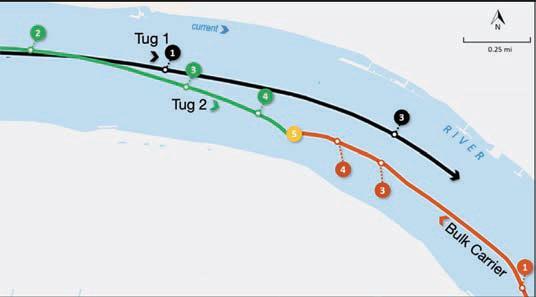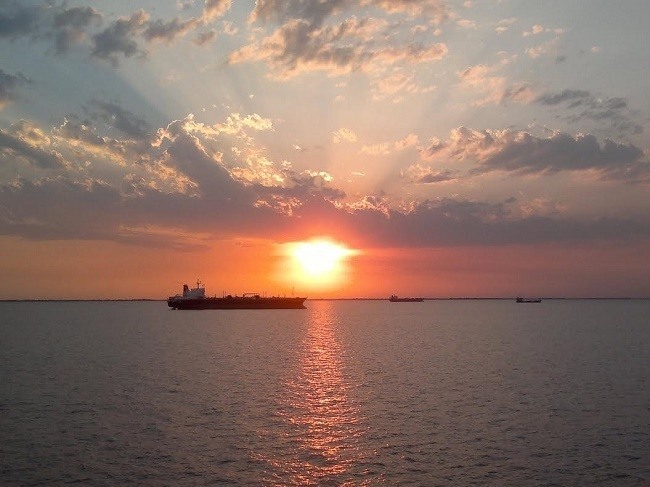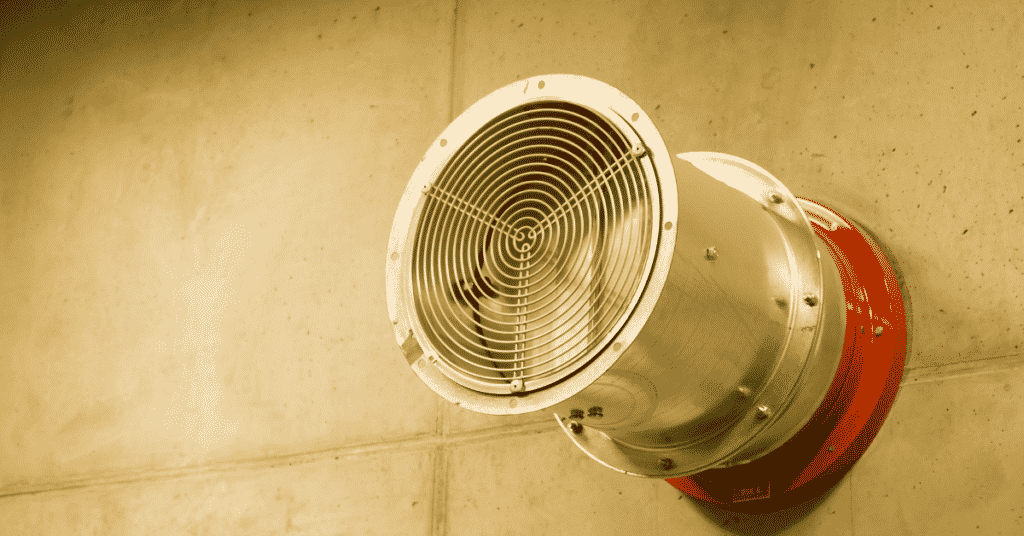Real Life Incident: Passenger Ship Hits Rock
A passenger ship was inbound in daylight and fair visibility. The Master gave the pilot a briefing regarding the ship’s manoeuvring
characteristics; the ship was highly manoeuvrable and would ‘turn on a dime,’ he said. The Master told the pilot that a three-degree helm order would create a rate of turn of 10-15 degrees per minute.
The bridge team would consist of the pilot at the con while the Master would have overall navigational command. The staff captain would be in charge of communications while the first officer would be in charge of electronic navigation and collision avoidance.
Finally, the second officer would be in charge of plotting the ship’s position on the navigational chart.
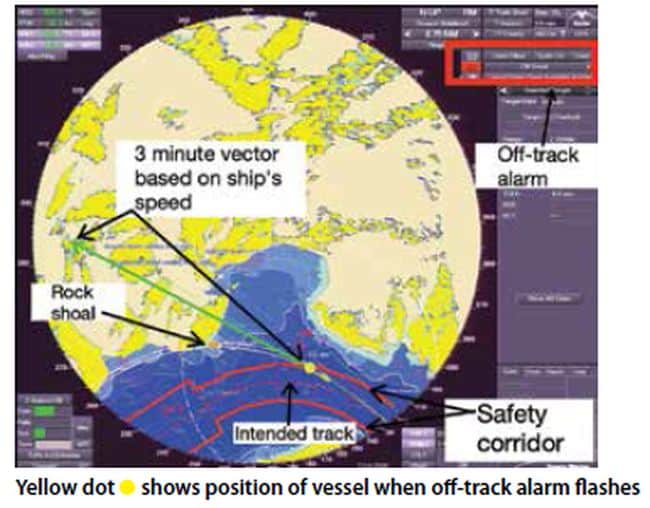
The pilot and the Master discussed and agreed the intended passage plan, noting a strong flood tide that would be running astern. However, the subsequent investigation found that, due to miscommunication during the exchange, the passage inwards began with the Master and pilot having different understandings of how the first turn would be conducted.
The ship was lined up with the leading navigation lights and entered the channel without incident. As the pilot took the con the Master briefed the staff captain on the Master/pilot exchange and explained his understanding of how they were going to negotiate the turn to port.
The rest of the bridge team were not included in this conversation and essentially relied on what they overheard.
Under the pilot’s con, the first alteration of course to port was initiated using three degrees of port helm. At this time the vessel had a speed over ground (SOG) of nearly 18 knots. The initial helm order was followed by successive increases to five and then 10 degrees of rudder.
About one minute after the initial three degree port helm order an offtrack alarm flashed on the ECDIS, but this information was not brought to the attention of the Master or the pilot. The alarm appeared only as a visual indicator on the radar screen because its audio had been muted prior to the ship entering the channel (see VDR screen capture).
Even so, the Master and pilot soon realised that the ship was proceeding dangerously close to a known rock shoal, so 20 degrees of port rudder was ordered, immediately followed by maximum port rudder. About three minutes after the initial helm order of three degrees, and despite the emergency helm order, the ship’s bilge keel and the starboard propeller made contact with the rock as the ship passed.
The ship was then navigated back to the centre of the channel and continued on its passage to port without further incident.
The official report on this accident discusses the concept of allowing a ship to depart from an intended track in the belief that other influences, such as tide in this case, would return the ship to the intended track. The report notes that this carries a high risk when manoeuvring large ship in narrow waterways where margins for error are small. The report posits that there is less risk when a ship is kept strictly to the intended track by increasing or decreasing its rate of turn in response to the external influences such as tide and wind. This method has the advantage of being unambiguous for other members of the bridge team tasked with monitoring the progress of the ship against the planned track.
Lessons learned
- Plan safely and then execute safely. In this case the intended route, as entered in the ECDIS, was a good plan, but it was not adhered to.
- Muting alarms on an ECDIS is not considered industry good practice.
- If conditions allow, consider reducing speed for manoeuvres in restricted waterways. This will give more time for the bridge team to react to deviations in the plan.
Reference: nautinst.org
Disclaimer :
The information contained in this website is for general information purposes only. While we endeavour to keep the information up to date and correct, we make no representations or warranties of any kind, express or implied, about the completeness, accuracy, reliability, suitability or availability with respect to the website or the information, products, services, or related graphics contained on the website for any purpose. Any reliance you place on such information is therefore strictly at your own risk.
In no event will we be liable for any loss or damage including without limitation, indirect or consequential loss or damage, or any loss or damage whatsoever arising from loss of data or profits arising out of, or in connection with, the use of this website.
Do you have info to share with us ? Suggest a correction
Disclaimer :
The information contained in this website is for general information purposes only. While we endeavour to keep the information up to date and correct, we make no representations or warranties of any kind, express or implied, about the completeness, accuracy, reliability, suitability or availability with respect to the website or the information, products, services, or related graphics contained on the website for any purpose. Any reliance you place on such information is therefore strictly at your own risk.
In no event will we be liable for any loss or damage including without limitation, indirect or consequential loss or damage, or any loss or damage whatsoever arising from loss of data or profits arising out of, or in connection with, the use of this website.
About Author
Marine Insight News Network is a premier source for up-to-date, comprehensive, and insightful coverage of the maritime industry. Dedicated to offering the latest news, trends, and analyses in shipping, marine technology, regulations, and global maritime affairs, Marine Insight News Network prides itself on delivering accurate, engaging, and relevant information.

About Author
Marine Insight News Network is a premier source for up-to-date, comprehensive, and insightful coverage of the maritime industry. Dedicated to offering the latest news, trends, and analyses in shipping, marine technology, regulations, and global maritime affairs, Marine Insight News Network prides itself on delivering accurate, engaging, and relevant information.
- Real Life Incidents: Near Miss In Open Water And Good Visibility
- Real Life Incident: Poor Situational Awareness Leads to Collision
- Real Life Incident: Monkey’s Fist Knocks on Office Window
- Real Life Incident: Paint Storage Slip-Up On Ship
- Real Life Incident: Checklist Mentality Is A Burning Problem
- Real Life Incident: Vessel Speed Exacerbates Bank Suction
Latest Case studies Articles You Would Like:
Daily Maritime News, Straight To Your Inbox
Sign Up To Get Daily Newsletters
Join over 60k+ people who read our daily newsletters
By subscribing, you agree to our Privacy Policy and may receive occasional deal communications; you can unsubscribe anytime.




